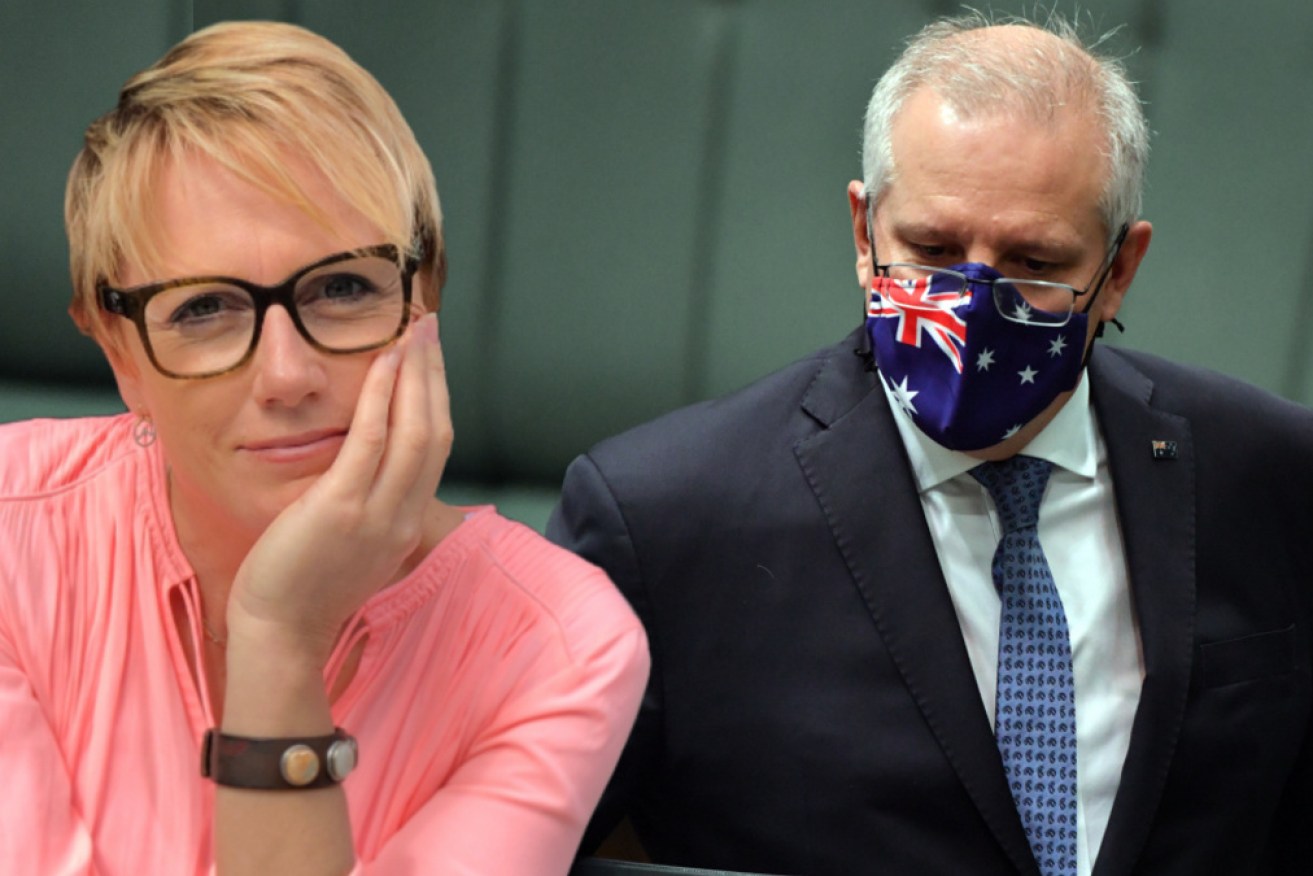Zoe Daniel: How ‘Fortress Australia’ squandered its world-leading pandemic position


The world is moving forward on COVID, but Australia is mired in small-minded debate, writes Zoe Daniel. Photo: AAP/TND
Australia was in a world-leading position on managing COVID last year and squandered it.
And now continues to do so with small-minded, inward-looking debate while the world moves forward.
Fortress Australia is not just physical, in the form of all but closed borders, but mental and emotional, as we and our leaders choose to reinvent processes and debate that have already been had elsewhere.
Instead of taking advantage of international advances and knowledge that may allow us to accelerate towards normality, we choose to argue among ourselves.
In doing so, we further slow down our exit from the mire amid stalled conversation around ‘living with COVID’, vaccinating teenagers and children and speeding up recovery while updating our vaccine program and community restrictions to be nimble enough to keep pace with the virus.
We frame lockdowns as binary, without acknowledging the obvious fact that as vaccination increases, lockdowns and masking will become tools that can be implemented at varying levels and locations to manage what will be ongoing COVID outbreaks.
This is already the international experience.
Australia lags behind on key metrics
But we are months behind in both our decision-making and our attitude.
In large part, this is to do with continued undersupply of vaccine.
It’s also to do with the reluctance of many of our leaders to make decisions of any kind for fear that they turn out to be wrong later.
Vaccination and lockdowns continue to be politicised as federal and state governments shift blame back and forth, confusing expectations and further eroding any remaining shreds of public trust.
Meanwhile, progress is being made elsewhere.
I use the United States as an example, only because I have lived there recently and therefore have been watching it closely.
There, 73.2 per cent of adults have had one shot. Some 63 per cent are fully vaccinated.
Booster shots and vaccinating kids
From September 20 the US government will begin to rollout a third, booster vaccine dose to all eligible Americans based on what the US Centre for Disease Control says is “very clear” evidence that immunity starts to fall after the initial two doses, especially in the face of the Delta variant.
Israel became the first country to offer booster shots at the end of July, with encouraging signs that it’s helping manage a fast-spreading Delta outbreak. The UK is also expected to offer boosters beginning next month. Our neighbour Cambodia, which has fully vaccinated more than 8 million people, or roughly half its population so far, is already giving boosters.
Yet, here in Australia, we continue to debate whether or when a third dose is needed as those who will hit the eight-month trigger point for a booster well before Christmas threaten to overtake those who have yet to have even one shot.
Meanwhile, as the Americans test the safety in preparation for vaccinating children under 12, we continue to dither on when even children 12-15 should get the vaccine based on a woolly debate about just how sick they may, or may not, get.
The Australian Technical Advisory Group on Immunisation (ATAGI) has finally recommended that adolescents get the vaccine, but how urgent a priority they are for governments is a different question.
Vaccination for children 12 and older was approved in the US in mid-May, and since then about half of teenagers have had one shot. In some (progressive) American states the rate is as high as 74 per cent.
US experts accept that a combination of apathy, hesitancy and outright refusal means that a portion of adults will not have the vaccine.
Therefore, with about 202 million people in the US vaccinated with one dose so far, children will need to be included in the vaccine program to help reduce spread and severity.
Some US experts suggest that only 90 per cent vaccination of the population, including children, would achieve herd immunity. The 70-80 per cent ‘freedom threshold’ that’s being parlayed here as the government continues to grapple with lagging supply, excludes children under 16.
New modelling suggests cases per day could surge into the tens of thousands if lockdown is wholly lifted even when adult vaccination hits that threshold.
‘What’s going on down there?’
My children went to school in Maryland for four years, and most of their friends had two doses of vaccine months ago.
School is set to cautiously re-open next week and community sport is on, even in the face of Delta.
Restrictions, of sorts, ebb and flow across the US depending on case numbers and the political leanings of state governors. In that sense, we have our similarities.
But having had to live with the worst of the virus, Americans have adapted.
This, from a friend in the US this week.
“Hey. You guys going nuts? How many lockdowns have u had? The kid likes to run…”
‘The kid’ is my 14-year-old son, and the friend is the father of one of his US soccer teammates. With the whole family fully vaccinated, they’re just back from a summer trip to Germany.
‘What’s going on down there?’ is the prevailing question.
Much of the above is due to lack of vaccine supply in Australia.
And let’s assume, or at least hope, that will soon be resolved, but increased supply of vaccine won’t inoculate us from inward looking thinking.








